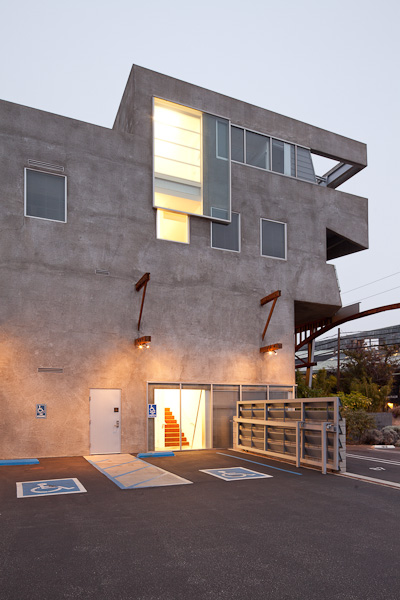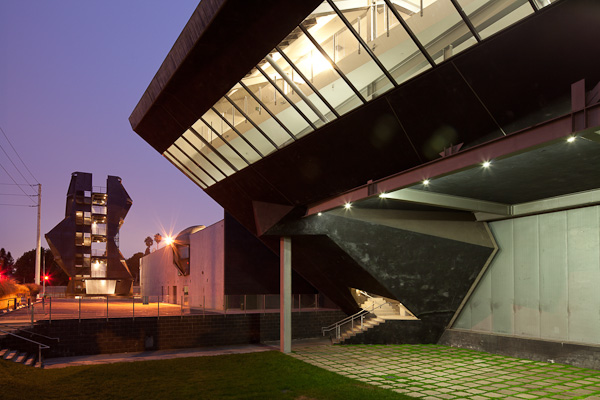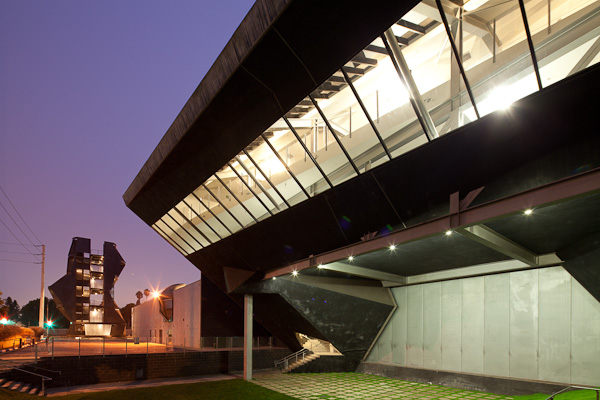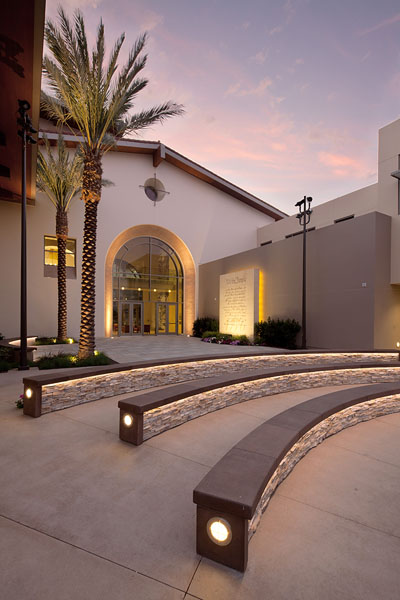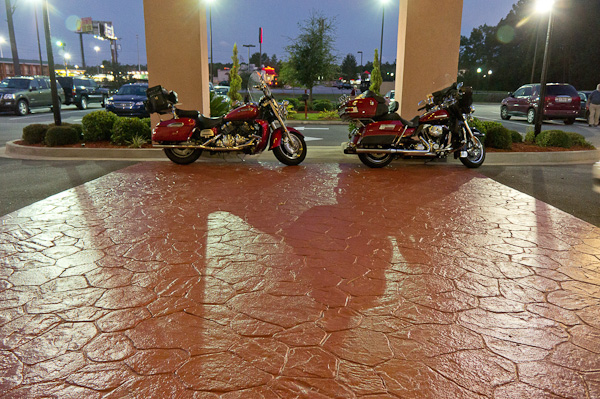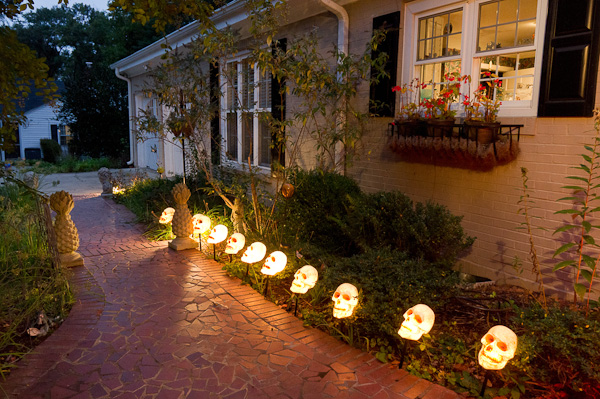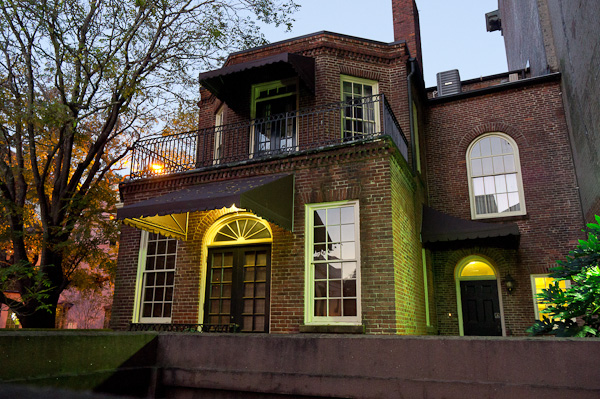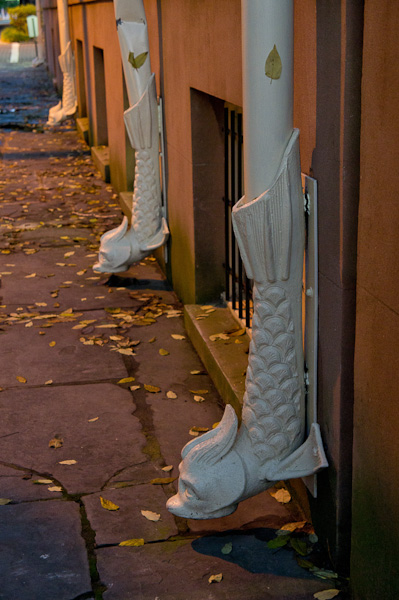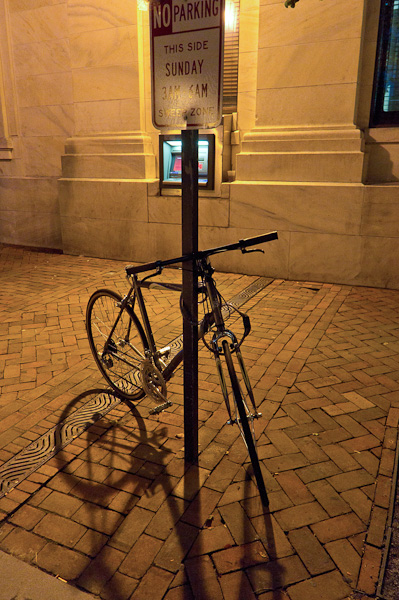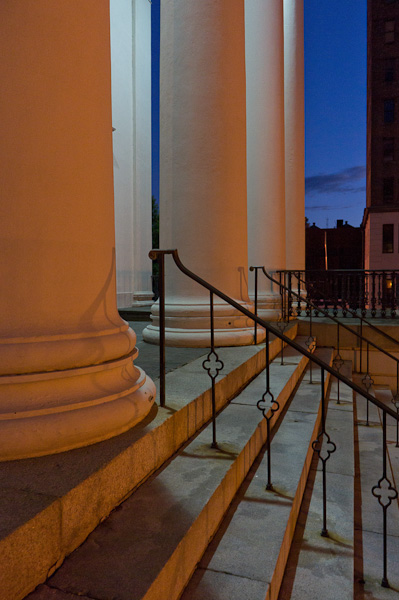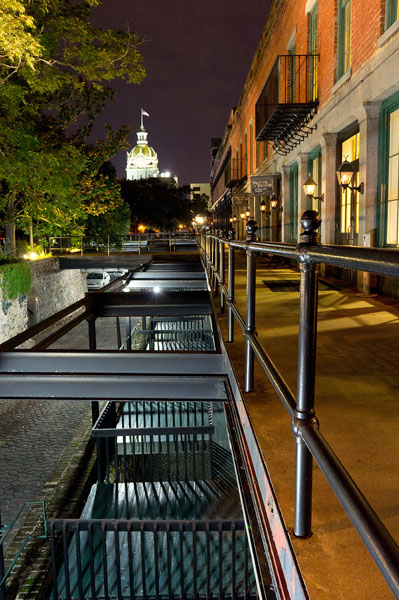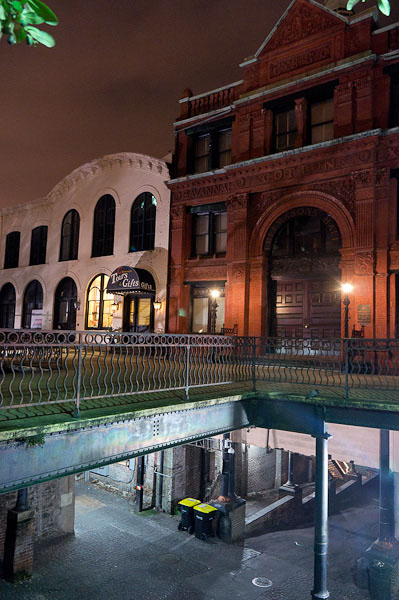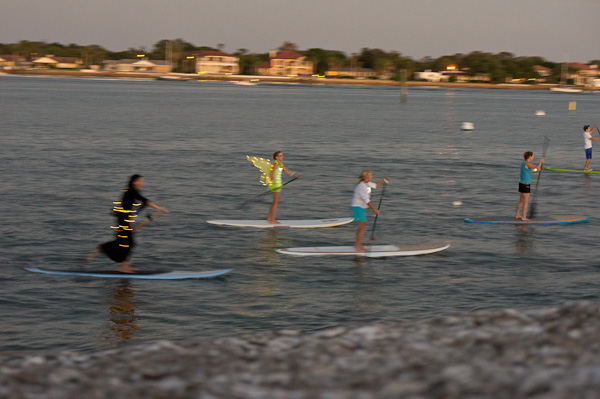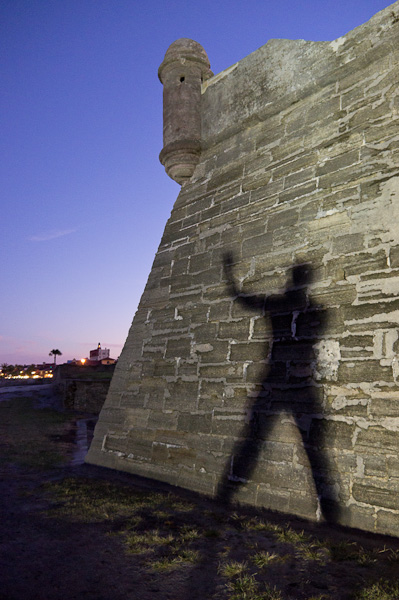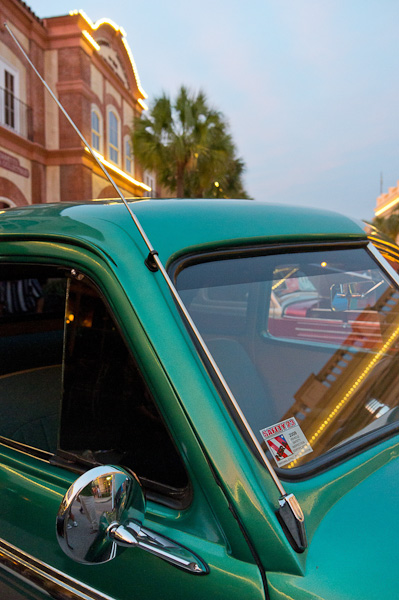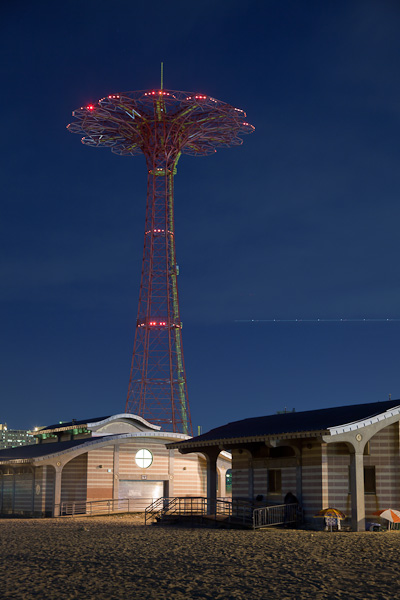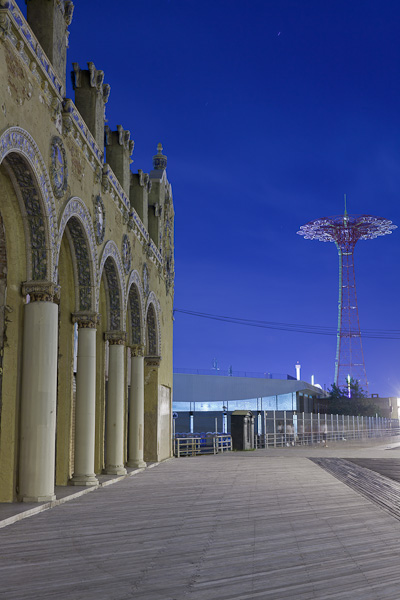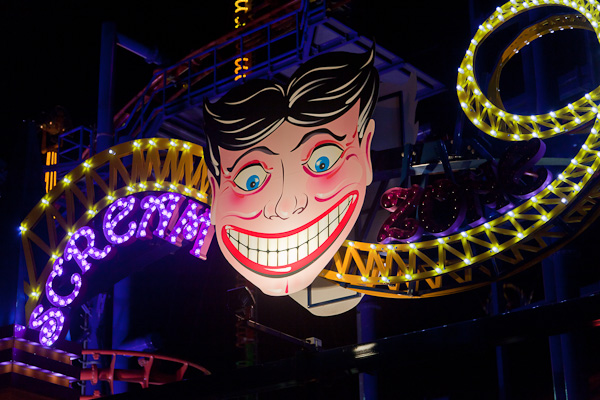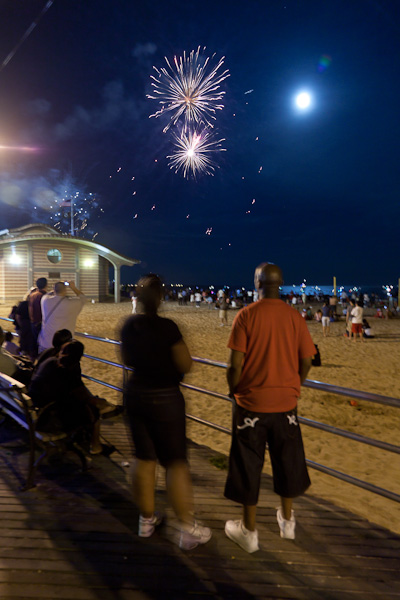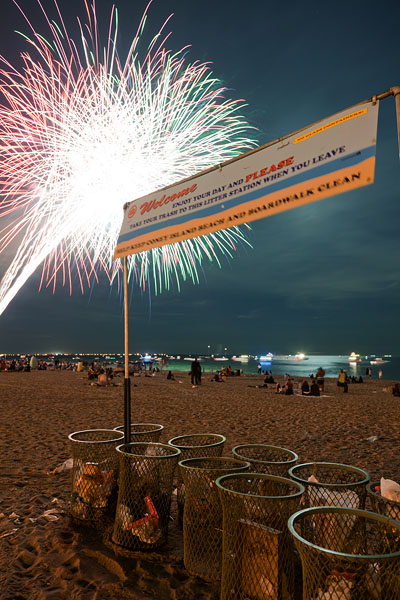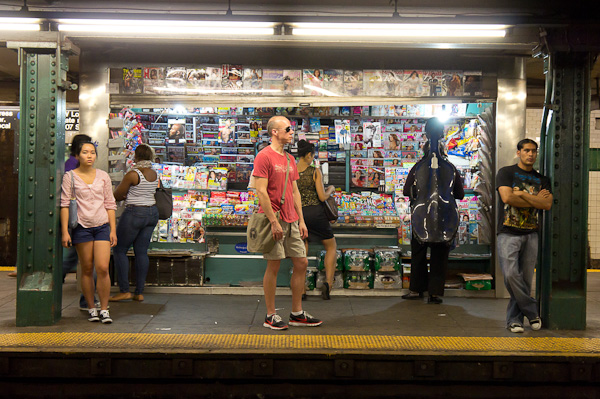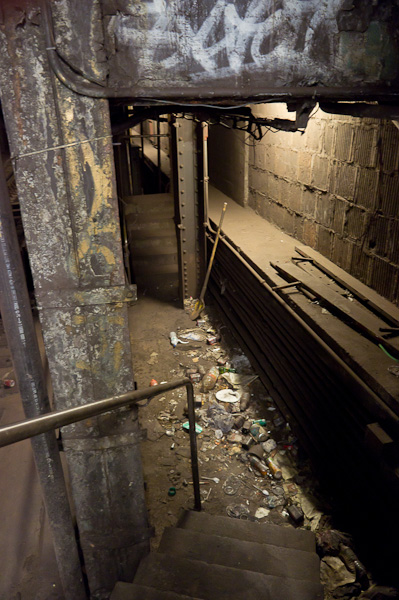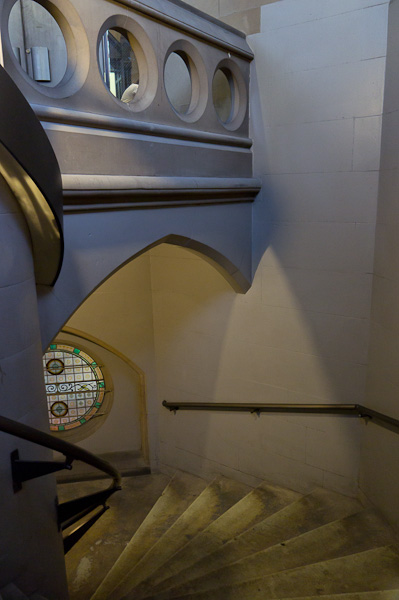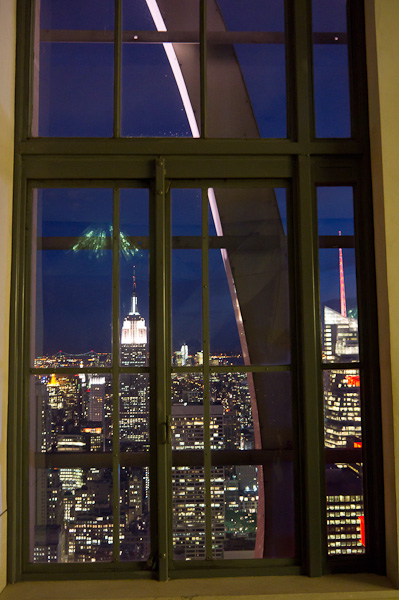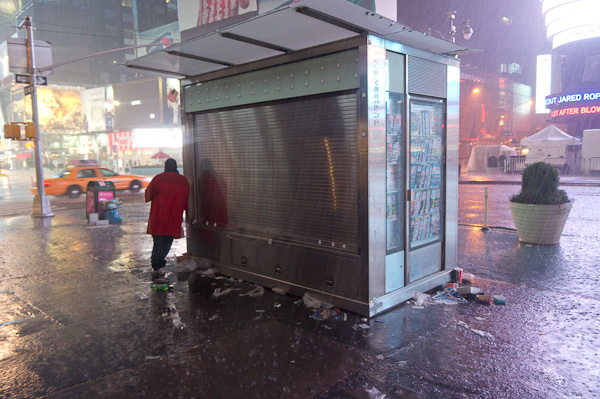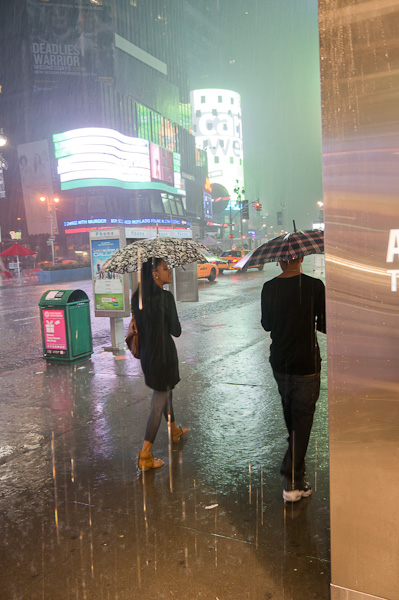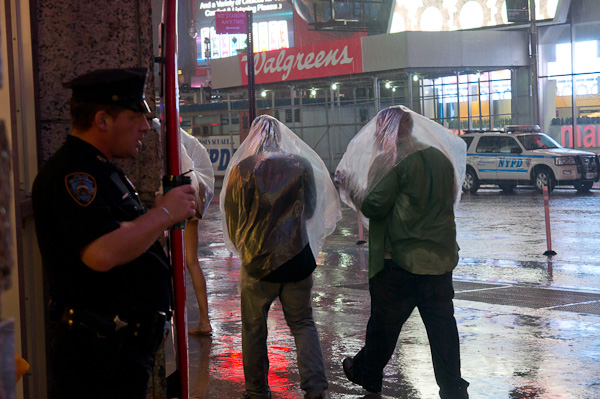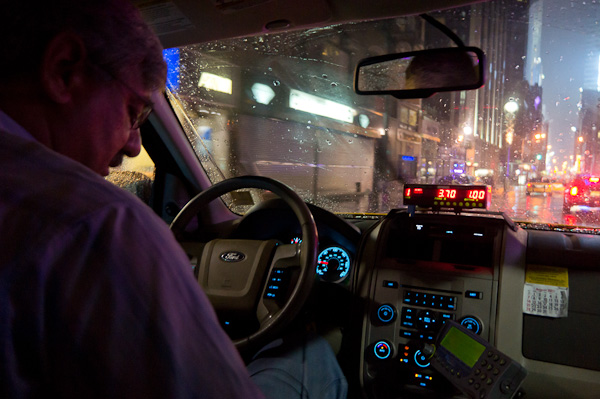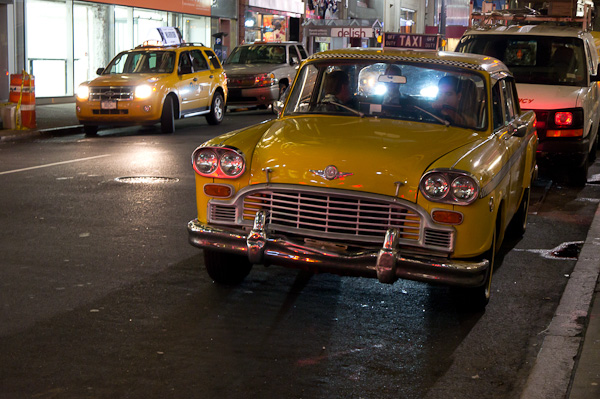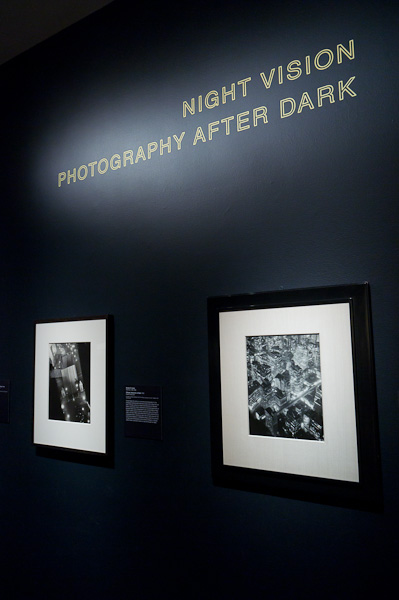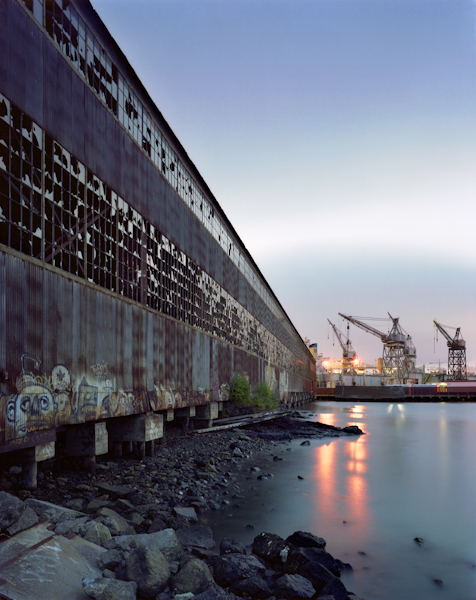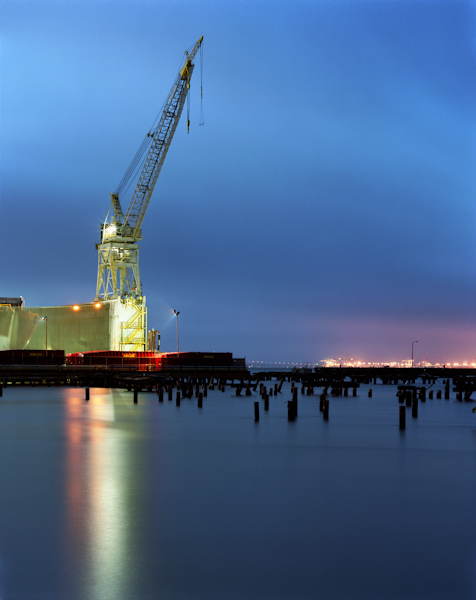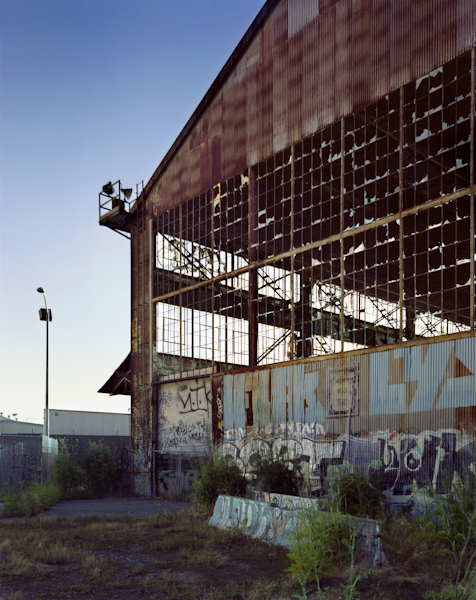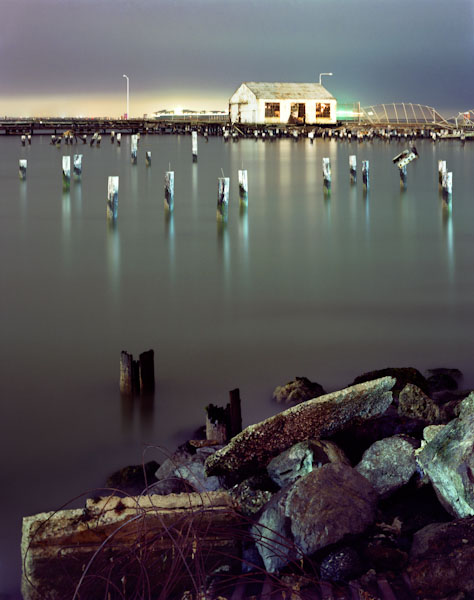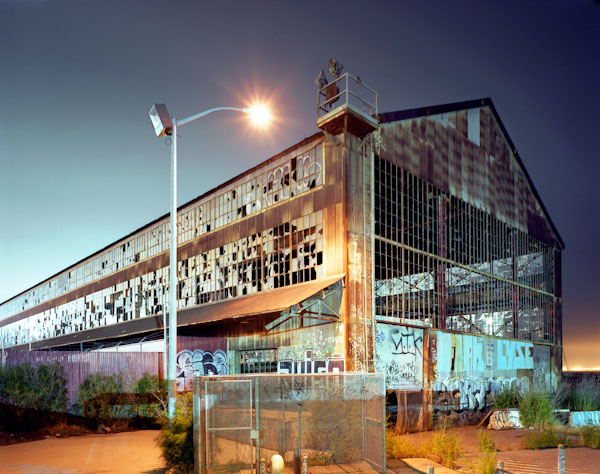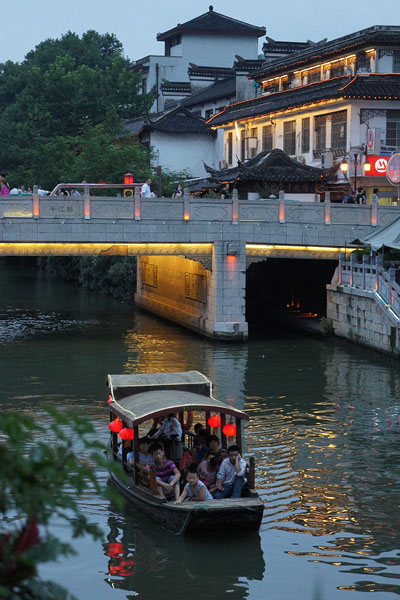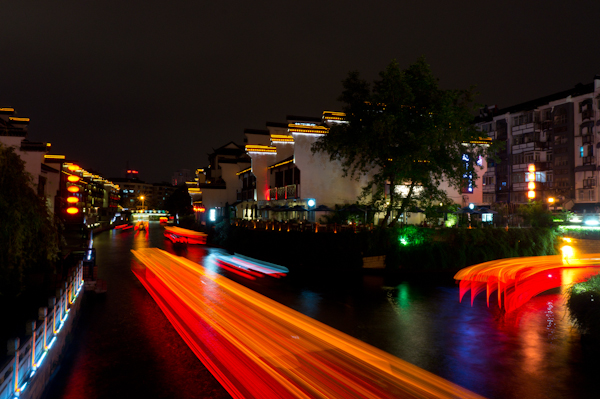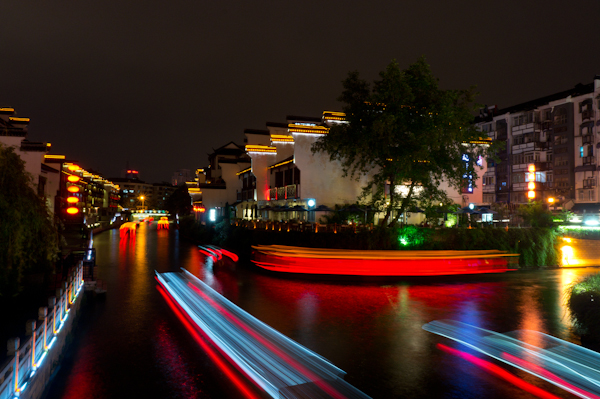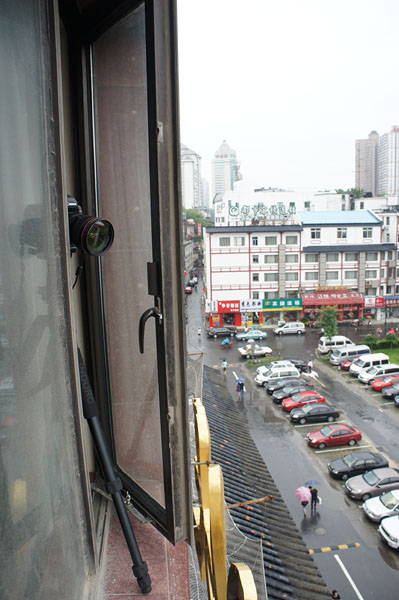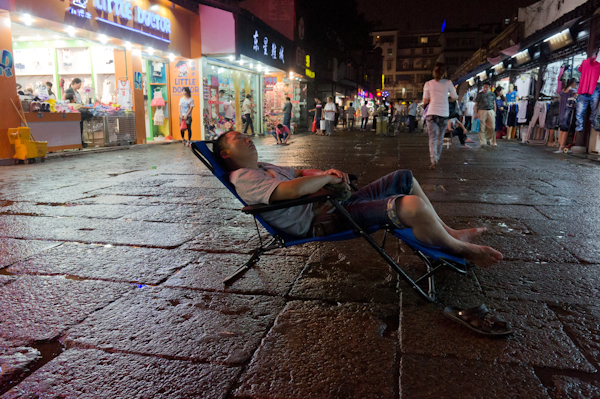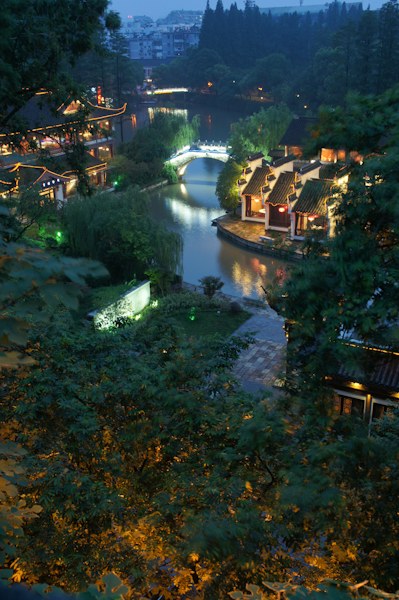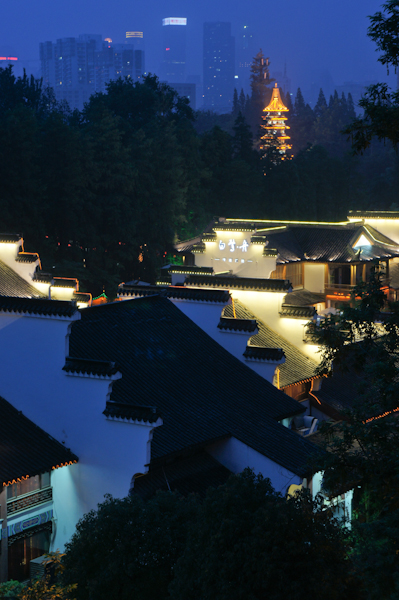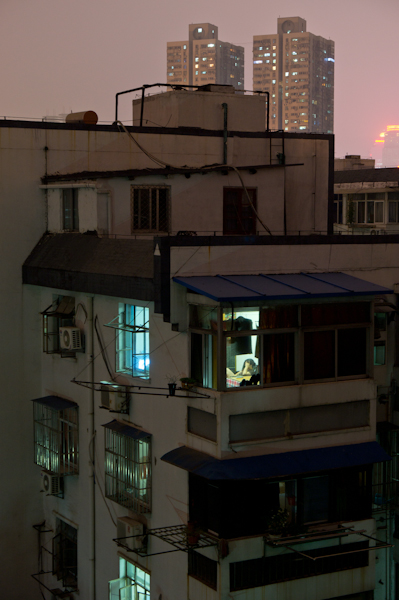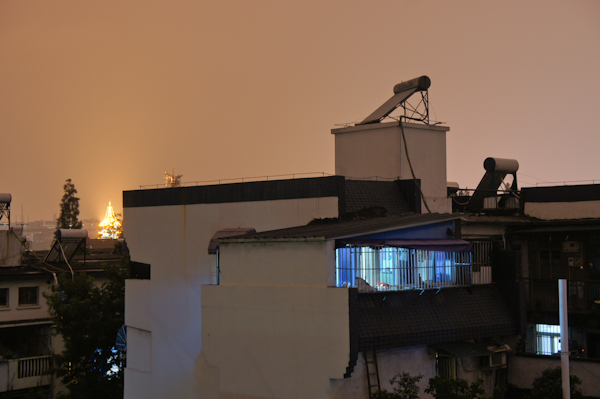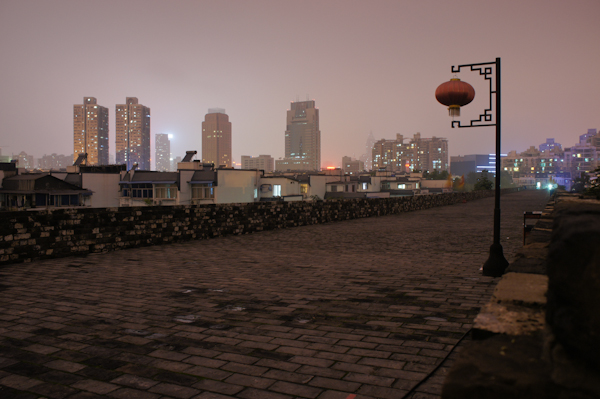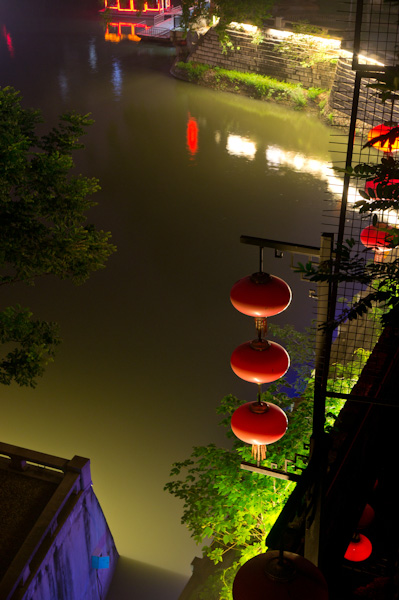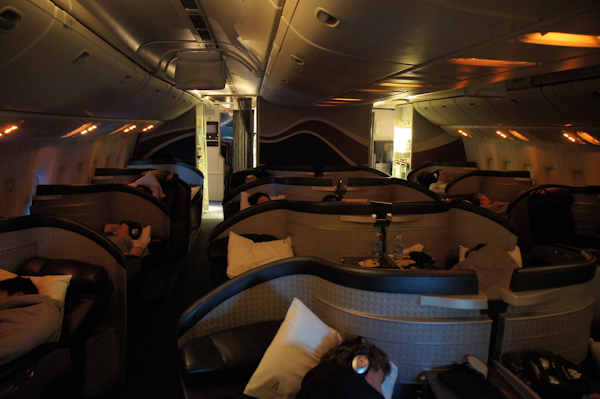This blog has turned into sort of a travel blog as of late (which has not been my intention), so I wanted to talk about something more technical, but at the same time show some interesting images, most at twilight and at night.
As most of you know, I shoot a lot of architecture and industrial locations–man-made subjects. Keeping the verticals vertical is a challenge, especially with wide-angle lenses. We call this converging of lines the “keystoning effect”, as it has a wedge-like look to the verticals.
I rented the new Canon 24mm and 17mm tilt shift lenses from Samy’s Camera in Hollywood, with the intention of purchasing one. Renting to try out expensive lenses like these is a great way to help make your decision. For those who want to see these lenses with reviews and how they work, click here for the 24mm and here for the 17mm. I found both lenses to be razor sharp and excellent in build quality and smooth movements–even for the heavily used rental units.
The next three shots are daytime shots, but are a good example of what these lenses can do. They are the first three shots I made and are all shot from the same spot on the opposite corner. In this first shot, I photographed the old May Company building at Wilshire Blvd. and Fairfax Ave. (now the offices for the LA County Museum of Art) with my regular 24mm wide angle lens.
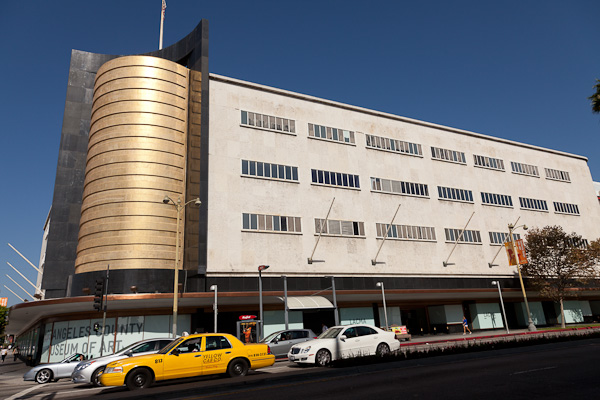 Note how the building appears to tilt backwards. It doesn’t, of course, but it is caused by tilting the camera upwards.
Note how the building appears to tilt backwards. It doesn’t, of course, but it is caused by tilting the camera upwards.
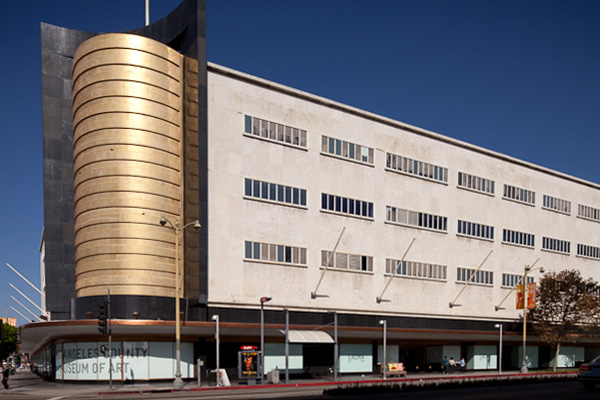 Here is the same image shot with the 24mm tilt shift lens with some rise added. Note the verticals are vertical (the black ‘wings’ surrounding the gold mosaic rounded corner are, indeed, canted and not vertical).
Here is the same image shot with the 24mm tilt shift lens with some rise added. Note the verticals are vertical (the black ‘wings’ surrounding the gold mosaic rounded corner are, indeed, canted and not vertical).
Here is the same view shot with the 17mm tilt shift lens.
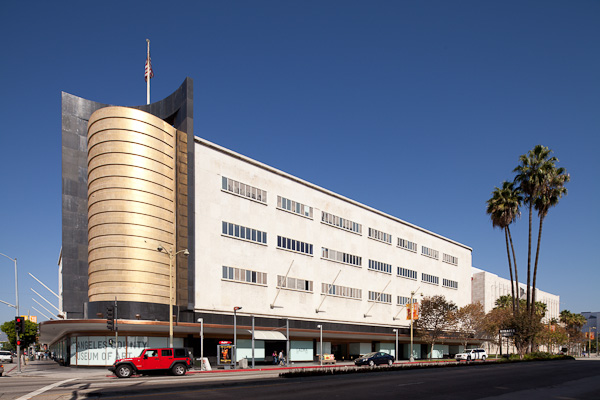 Note the much wider field of view and how I am able to get the top of the flag pole, too. In this wider view, the palm trees add to the composition. You can fix this sort of perspective distortion in Photoshop, but the quality of the image is degraded considerably.
Note the much wider field of view and how I am able to get the top of the flag pole, too. In this wider view, the palm trees add to the composition. You can fix this sort of perspective distortion in Photoshop, but the quality of the image is degraded considerably.
.
On the grounds of LACMA, I shot the Ahmanson Building and used the Rodin statue of Balzac as the subject. This is with the 17mm tilt shift lens.
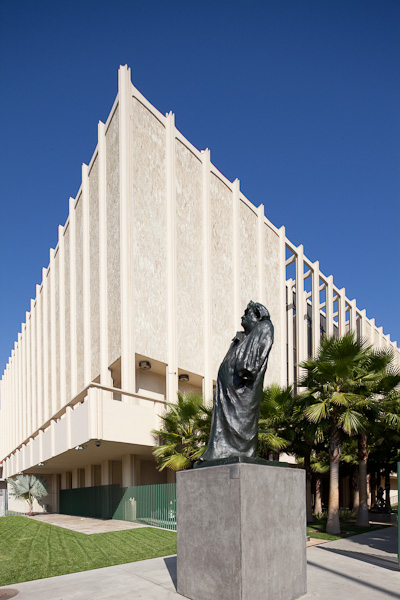 I then shot with the 24mm tilt shift lens and moved back 15 feet. Notice the less exaggurated lines on the building. I put a bit of swing in here too and shot wide open at f3.5 to add some interesting focus selection. Note the very different perspective.
I then shot with the 24mm tilt shift lens and moved back 15 feet. Notice the less exaggurated lines on the building. I put a bit of swing in here too and shot wide open at f3.5 to add some interesting focus selection. Note the very different perspective.
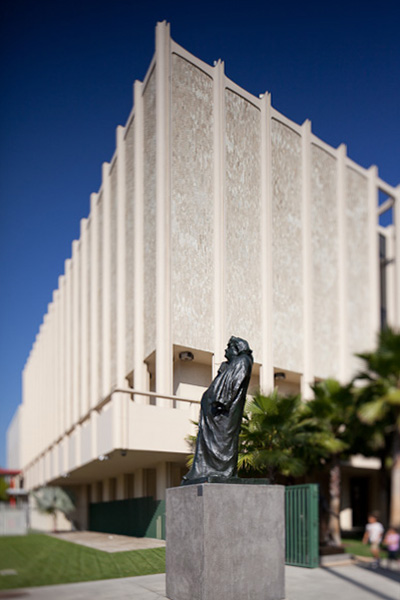 The reason I chose this statue is that it is a duplicate of the same Rodin statue that Steichen shot in the moonlight around 1908 in Paris–the earliest known night image using only moonlight).
The reason I chose this statue is that it is a duplicate of the same Rodin statue that Steichen shot in the moonlight around 1908 in Paris–the earliest known night image using only moonlight).
.
Later that evening I tested the lenses in Culver City where I live, where we have some interesting modern architecture in the Hayden Tract area. These next two twilight images are where one of my photo labs are. Note the difference in perspective from the 24mm…
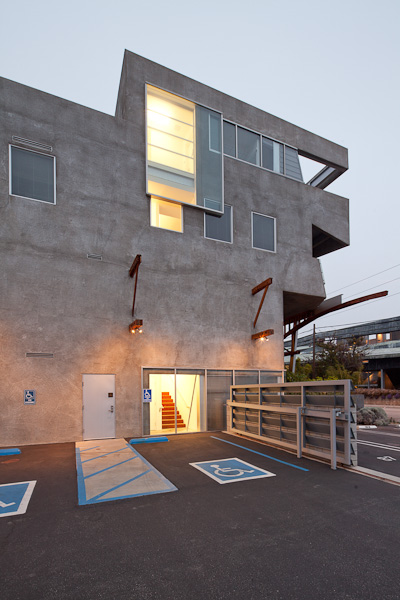 Both of these images have the basically same field of view (I moved about 10 feet closer for the 17mm shot). Which is better is a matter of opinion.
Both of these images have the basically same field of view (I moved about 10 feet closer for the 17mm shot). Which is better is a matter of opinion.
Here is another pair of images with the 24mm…
And finally, another pair shot on the overcast night. The first is with the 24mm lens,
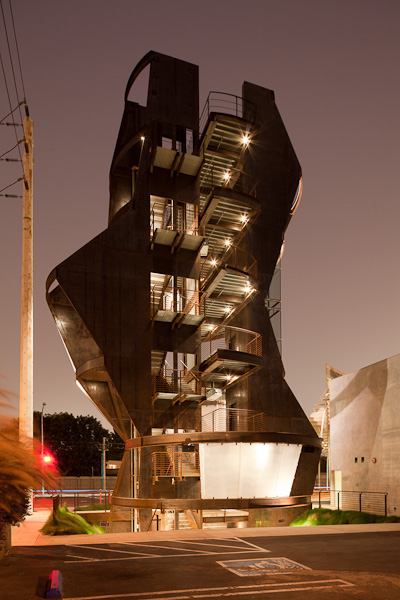 which I was happy with, but also tried the 17mm lens, below…
which I was happy with, but also tried the 17mm lens, below…
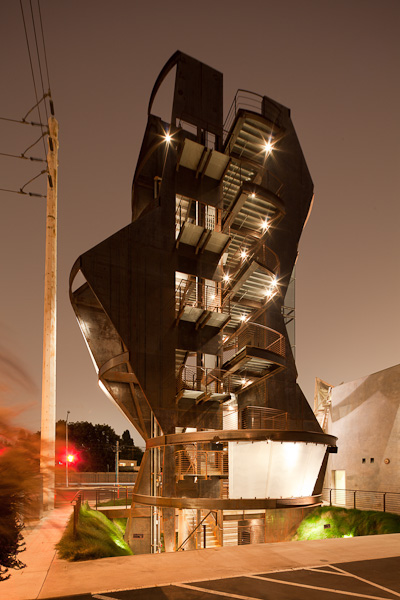 …and liked the idea of getting close enough to eliminate much of the parking lot, isolating the structure even further.
…and liked the idea of getting close enough to eliminate much of the parking lot, isolating the structure even further.
.
The next day, I used the lenses on a commercial job to shoot a new city hall.
In practice, I found the 17mm lens more versatile, getting shots that are almost impossible to get with any other lens, especially for interiors.
After two days of shooting all sorts of imagery, both day and at night with both lenses, I had made my decision and have purchased the 17mm tilt shift lens.

